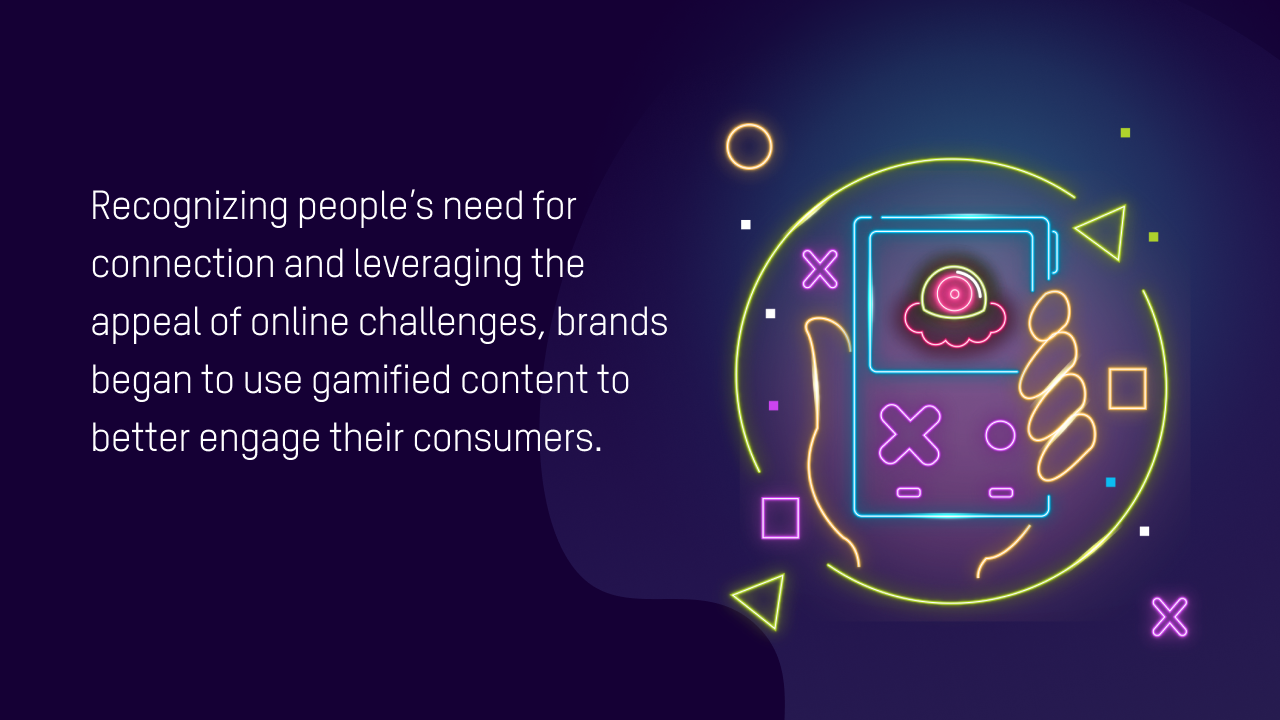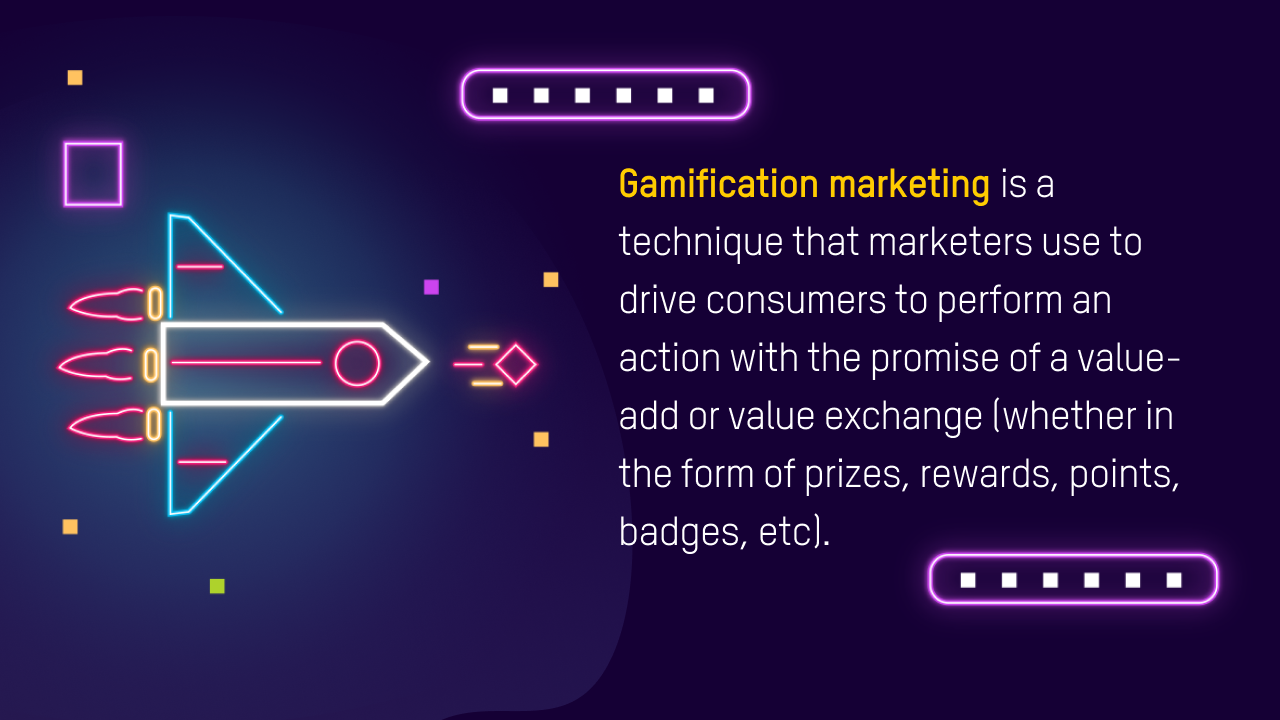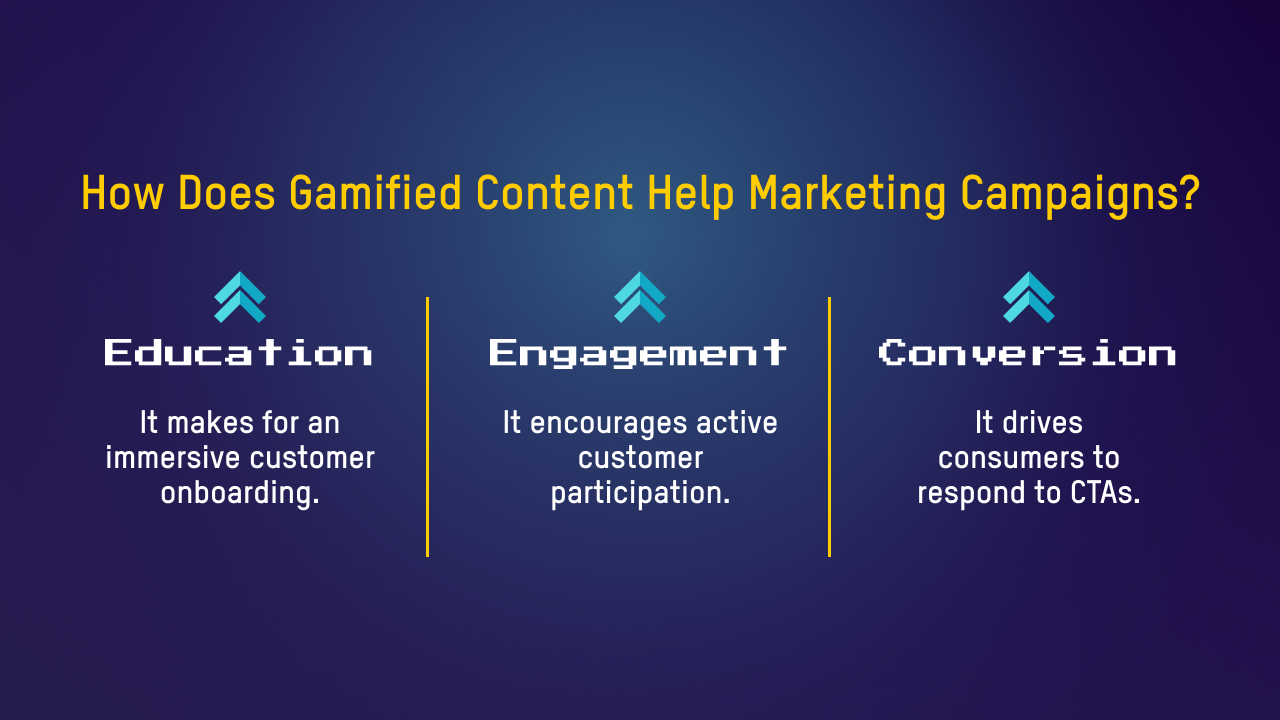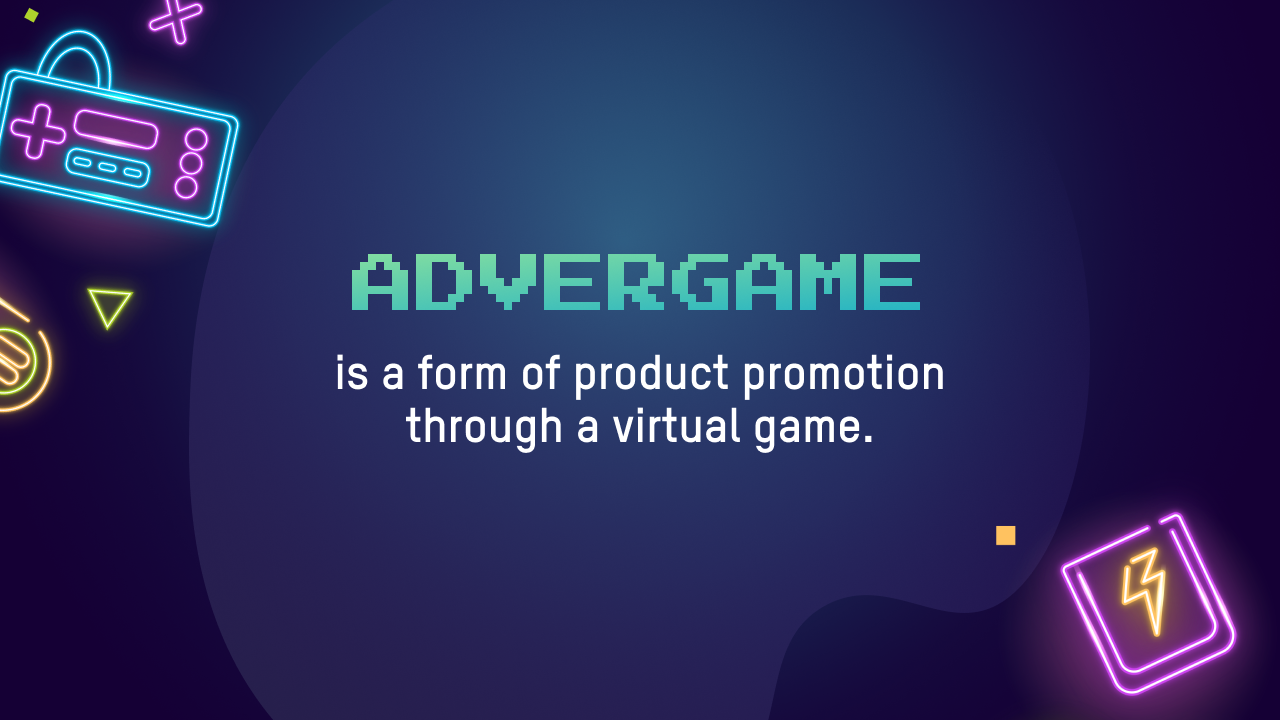The Resurgence of Gaming
The gaming industry is booming once again—and the catalyst for its unheralded growth? The pandemic. Because of strict stay-at-home orders and social distancing protocols at the height of the pandemic, consumers used gaming to seek relief from boredom and experience some semblance of social interaction. This set off gaming’s unexpected return to popularity.
Video game spending, mobile game downloads, and gaming console sales started to soar. By the end of 2020, 50 million Americans were playing video games—a 31% year-over-year increase—marking a stark contrast to the previous year’s 7-percent growth (Morgan Stanley Research). The video game market skyrocketed to $159 billion that year and grew to $178 billion the following year. In 2022, it showed no signs of slowing down and rose to $184 billion (Statista).

With the gaming industry’s sudden resurgence in the global market, it set off a new trend in the digital marketing sphere—gamification. Recognizing people’s need for connection and leveraging the appeal of online challenges, brands began to use gamified content to better engage their consumers.
The Birth of Gamification
Gamification marketing is a technique that marketers use to drive consumers to perform an action with the promise of a value-add or value exchange (whether in the form of prizes, rewards, points, badges, etc). Simply put, it involves the integration of game-like elements into marketing strategies to create an interactive—and highly satisfying—experience for consumers.

Gamified environments—whether online or offline—engage and motivate consumers more than non-gamified environments. Apparently, the idea of being rewarded for accomplishing something is highly appealing. While people value an experience, they're more likely to engage in content that promises an actual payoff. In fact, buyers are more motivated to shop online (42%) and in-store (36%) when gamified elements are incorporated into the experience (Bazaar Voice).
The Rewards of Gamification

It makes for an immersive customer onboarding. Gamification makes customer education more fun and memorable. It’s more visual and interactive so users are more likely to grasp and retain the information communicated to them. If you want to educate your customers about your brand or products and services while entertaining them at the same time, then using this technique is your best bet.
It encourages active customer participation. A spin-to-win discount pop-up is more interactive than a banner ad that simply offers the same discount. No doubt, gamified content does a better job of engaging consumers than traditional marketing campaigns. People appreciate a little creativity (and are less likely to back out from a challenge). So don’t be afraid to integrate game-like content into your campaigns to invite more consumers in.
It drives consumers to respond to CTAs. Gamified content is proven more effective in getting consumers to take action. It’s a great way to make call-to-action buttons more inviting. Plus, when rewards are “earned” rather than just “received,” consumers are more likely to use them to make a purchase. If you want to boost your conversions, consider gamifying some of your content.
How to Leverage Gamification

Incorporate real games for product promotion. One way to leverage gamified content is through advergames. This is a form of promoting your brand or products through a virtual game. Basically, it’s an ad that consumers can actually interact with. Wendy’s was one of the first brands to try this technique through its Smoky Shroom Sprint game, which the fast-food chain used to promote its new product. The campaign was successful in boosting social shares and voucher redemption, showing that gamification can be marketing magic.
Gamify incentive programs for a better user experience. Incorporating game-like elements can get consumers to participate in incentive programs. Starbucks is a pro in this area. The brand gamified its rewards app to make membership, points collection, and redemption less dull and more interactive. More than 40% of its sales are generated through its gamified app (Medium). Gamification enhances user experience, which helps boost customer engagement and satisfaction.
Introduce challenges. Gamification is an innovative way to increase the online visibility of marketing campaigns. Gamified content—like contests—sparks consumers’ sense of competition, which can help improve the campaigns’ impressions and engagements. M&M knows how to use gamification to its advantage. The candy company is famous for running contests, such as puzzles, to engage consumers, boost post shares, and increase its overall online presence.



